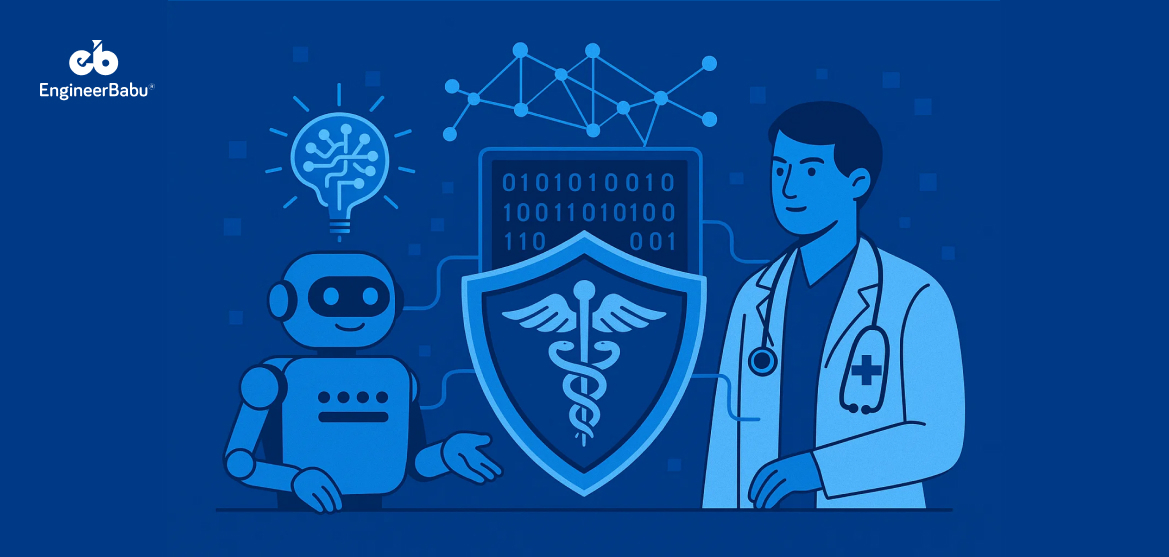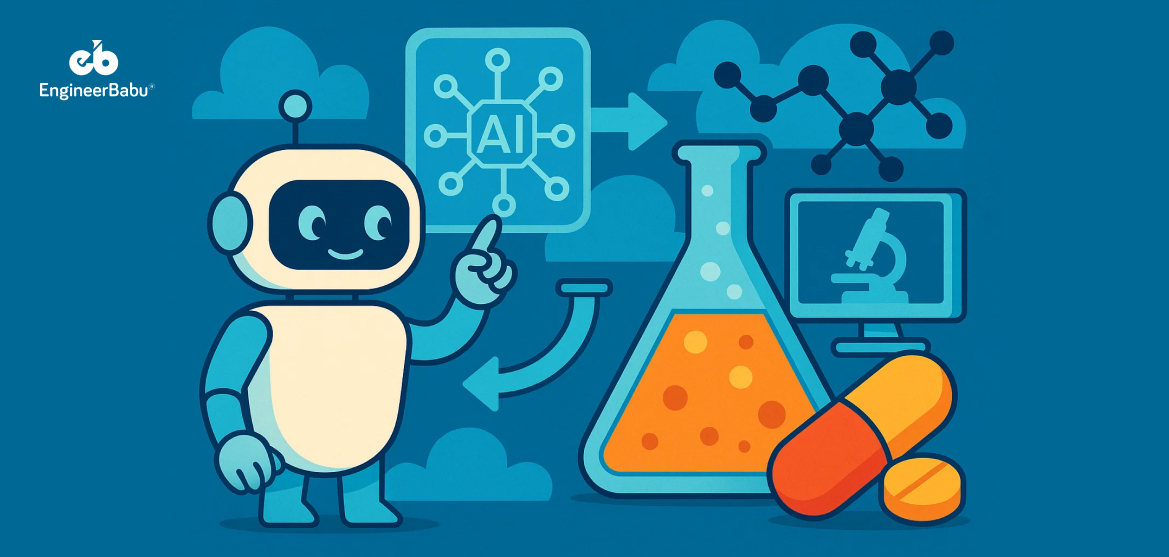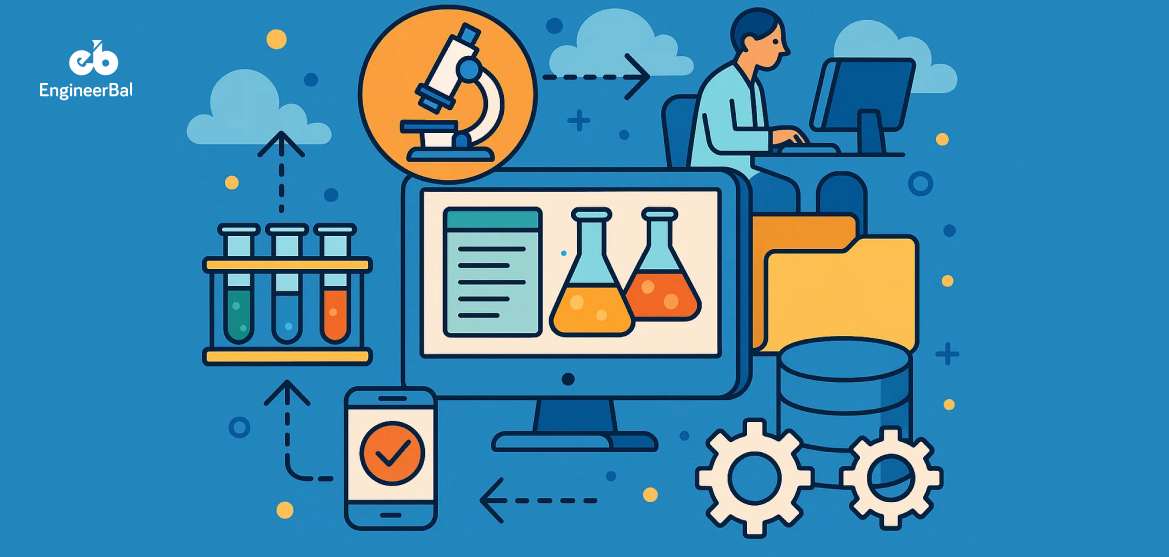Building a telemedicine app might sound like a big investment—and it is. But in 2025, it’s also one of the smartest moves a healthcare business or startup can make.
According to McKinsey, telemedicine usage is now 38 times higher than pre-pandemic levels. Patients expect it. Providers rely on it. And more companies are jumping in to build their own platforms to meet growing demand.
But before you dive into development, there’s one big question: how much is this actually going to cost?
Short answer? It depends.
There’s no flat rate for building a telemedicine app. Costs can range from $30,000 for a basic MVP to $300,000+ for a fully featured, HIPAA-compliant platform with real-time video, electronic health record (EHR) integrations, AI-based triage tools, and payment systems.
It all comes down to what you’re building, who you hire to build it, and how complex your app needs to be.
This post will walk you through the cost factors, real numbers, and smart ways to approach telemedicine app development.
Let’s break it all down.
What Affects the Cost of Building a Telemedicine App?
There’s no single price tag when it comes to building a telemedicine app—it really depends on what you want to build. Some apps are super simple and quick to develop. Others? Not so much.
Here’s what plays into the final cost:
What Features You Want (Simple vs. Advanced)
Start small and your costs stay low. If you’re going with the basics—things like user login, appointment scheduling, video calls, and a dashboard—you’ll probably land between $40,000 and $100,000.
But once you start layering on features like:
- EHR integration (to pull patient history)
- In-app prescriptions and pharmacy links
- AI-powered symptom checkers
- Multi-provider video rooms or group consults
- Real-time analytics for doctors and admins
…the complexity (and price tag) goes up fast. A fully-loaded app can hit $150K to $300K or more, depending on how deep you go.
Apps like Teladoc and MDLIVE have taken years to build up these features—and millions in funding to get there.
What Platform You Build For
Are you building for iOS, Android, or both? Each platform means more development time and testing. If you’re going native (building separate code for each platform), you’ll spend more.
Cross-platform tools like Flutter or React Native let you reuse code, which helps cut costs—but they might not support every device feature perfectly, especially for advanced stuff like real-time video or medical device integration.
For many early-stage startups, cross-platform is a great starting point. Later, you can invest in native builds as your user base grows.
How Much You Care About Design (Hint: You Should)
A great design shouldn’t just look good. It should also make sure that patients and providers can actually use your app without getting frustrated.
A smooth, intuitive experience makes or breaks an app. If doctors can’t navigate your app easily, or if patients get confused while booking an appointment, they’ll leave—fast.
A basic UI might cost you $5K to $15K, using off-the-shelf design systems. But if you want a fully custom flow that’s optimized for elderly users, high-volume clinics, or specialty care? That’s closer to $30K to $50K.
And let’s not forget accessibility—making sure your app works for people with visual, motor, or cognitive challenges is both the right thing to do and increasingly expected.
Who’s Building It—And Where They’re From
Location matters a lot. Here’s a quick breakdown by region:
- US & Canada: $100–$250/hour
- Western Europe: $70–$150/hour
- Eastern Europe: $30–$100/hour
- India/Southeast Asia: $20–$70/hour
So yeah, same app—very different price tag depending on who builds it. But it’s not just about hourly rates. A team with healthcare experience may charge more, but they’ll likely move faster, know how to stay HIPAA-compliant, and help you avoid major pitfalls.
HIPAA, GDPR, and the Whole Compliance Puzzle
If you’re building a telemedicine app that handles protected health information (PHI), then compliance isn’t optional—it’s the law.
Here’s what you’ll need to account for:
- HIPAA (US) or GDPR (EU) compliance
- Secure video calls with end-to-end encryption
- Encrypted databases and secure user authentication
- Audit logs and access control systems
Expect this to add $10K to $50K depending on how strict your region’s laws are and how deep your data integrations go. Skipping this? Not an option—you’re risking huge fines and loss of trust.
Third-Party Integrations
Want to let users pay with Stripe? Connect with Epic or Cerner for health records? Add identity verification? All of that takes time and licensing costs.
All of that takes time to wire up—and you’ll usually pay usage fees, too. Budget $10K to $30K just for third-party services and integrations.
Some services offer healthcare-grade APIs, which help with compliance but usually cost more.
Ongoing Maintenance and Support
The work doesn’t stop after launch. You’ll need to:
- Fix bugs
- Release app updates
- Handle OS upgrades (hello, iOS 18…)
- Monitor server performance
- Add new features based on user feedback
Industry rule of thumb? Expect to spend 15–20% of your original build cost every year on maintenance. So if you build a $150K app, plan for around $25K–$30K/year in ongoing upkeep.
| App Complexity | Features | Estimated Cost (USD) | Development Timeline | |
| Simple | Basic video calls, appointment booking, messaging, profile management | $30,000 – $60,000 | 2 – 3 months | |
| Moderately Complex | EHR integration, in-app payments, prescription tools, multi-language support | $60,000 – $150,000 | 3 – 6 months | |
| Highly Complex | AI diagnostics, RPM, analytics, wearables integration, HIPAA/GDPR compliance | $150,000 – $300,000+ | 9+ months | |
Smart Ways to Cut Costs (Without Cutting Corners)
Telemedicine apps don’t have to break the bank. If you’re strategic about how you build and launch, you can keep costs down and still ship a product that works well, looks great, and meets real user needs.
Here are a few proven strategies:
Start With an MVP
Instead of building everything at once, focus on the core features your users absolutely need. That might mean login, video consults, appointment scheduling, and secure messaging—just the basics.
This is called a Minimum Viable Product (MVP), and it helps you:
- Launch faster
- Spend less upfront
- Test the waters with real users
- Get feedback before adding more features
Plenty of big apps (including Teladoc) started simple and evolved over time. You can too.
Use Pre-Built Components
You don’t have to reinvent the wheel. There are libraries, SDKs, and APIs that handle:
- Video calling (Twilio, Agora)
- Payments (Stripe, PayPal)
- EHR access (Redox, Health Gorilla)
- Chat and notifications (Sendbird, Firebase)
These tools are battle-tested, often HIPAA-compliant, and can save you thousands in dev time.
Outsource to Experienced Developers
Hiring a full in-house dev team is great—if you’ve got the budget. But if you’re a startup or mid-size org, outsourcing to a team that already knows healthcare tech can save time and money.
That said, not all dev shops are created equal. Look for app development companies with actual healthcare experience. They’ll already know how to handle security, compliance, and medical workflows.
Build Cross-Platform (If It Makes Sense)
Tools like React Native or Flutter let you build one codebase that works for both iOS and Android. For many apps, this is a great way to save time and money—though it’s not perfect for every use case.
If your app needs super-specific hardware access (like medical device integration), native development may still be the better option. But for most MVPs? Cross-platform is more than enough.
Being smart about your development process isn’t just about saving money—it’s about making sure you’re investing in the right things at the right time.
Conclusion
A telemedicine app should solve real problems in healthcare. Whether it’s making care more accessible, helping doctors manage time better, or giving patients a faster way to get answers, the impact is real.
The costs can range from $30,000 for a basic MVP to $300,000+ for a fully featured, HIPAA-compliant platform.
Yes, it can be expensive. But the cost makes sense when you look at what you’re building—a secure, scalable tool that touches people’s health and well-being.
The key is knowing where to start. Maybe it’s a lean MVP to test your idea. Maybe it’s a fully integrated platform for your hospital network. Either way, success doesn’t come from spending more—it comes from making smart decisions early on.
Start with the must-haves. Build with partners who’ve done it before. And keep your users—patients and providers—at the center of every feature you plan.
When you do that, the money you invest won’t feel like a cost. It’ll feel like the foundation of something that actually works.
FAQs
1. What is the average cost of building a telemedicine app in 2025?
The cost typically ranges from $40,000 to $300,000 depending on features, complexity, and whether you’re hiring a local or offshore development team.
2. Which factors influence the cost of a telemedicine app the most?
Key cost drivers include feature set (video calls, EMR integration, e-prescriptions), compliance needs (HIPAA, GDPR), platform choice (iOS, Android, Web), and developer rates.
3. Does building a HIPAA-compliant app increase development cost?
Yes, ensuring HIPAA compliance adds to the cost due to the extra effort required for secure data storage, transmission, encryption, and access control mechanisms.
4. Can I launch a basic MVP version of a telemedicine app at a lower cost?
Absolutely. A basic MVP with essential features like user login, video consultations, and appointment booking can be built for $30,000–$60,000.
5. How does Engineerbabu help reduce the cost of telemedicine app development?
Engineerbabu connects you with pre-vetted offshore development teams, helping you save 30–50% on development costs without compromising on quality or security.




